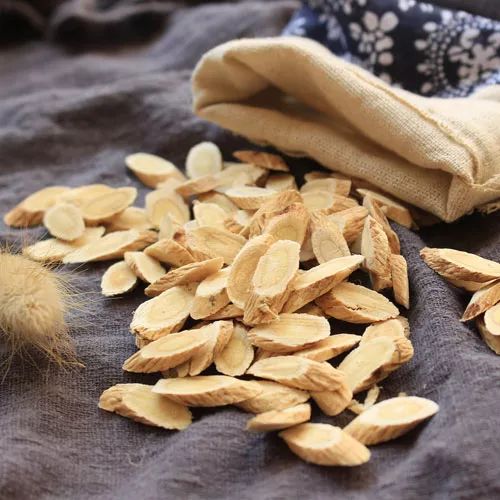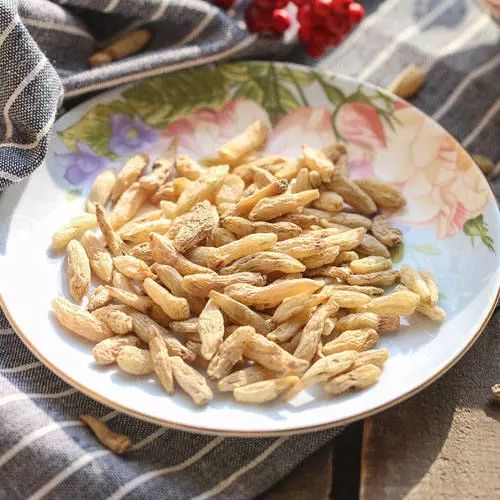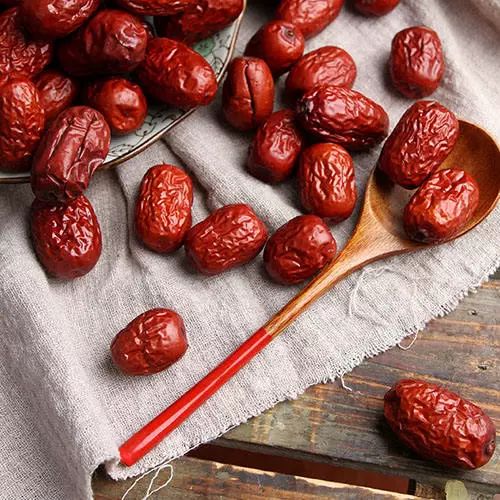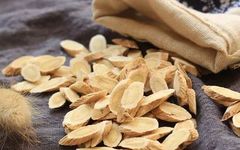The manifestations of Qi deficiency constitution include a weak voice, easy fatigue, susceptibility to colds, and difficulty in recovery after illness. Below, we will specifically look at the manifestations of Qi deficiency constitution.

Qi deficiency constitution is characterized by weak Qi, low vitality, and diminished organ function. This condition often arises from congenital insufficiency, long-term dietary imbalance, emotional disturbances, chronic illness, excessive fatigue, or aging, leading to damage to the heart, lungs, spleen, and kidneys. The heart governs blood vessels, the lungs control Qi throughout the body, the kidneys store essence, and the spleen and stomach are the “source of Qi generation and transformation.” Therefore, individuals with Qi deficiency constitution are prone to reduced blood circulation, insufficient Qi transformation, and weakened defense against external pathogens, leading to various health issues.
The main symptoms of Qi deficiency include shortness of breath, low energy, spontaneous sweating, reduced appetite, loose stools, pale tongue with white coating, and weak pulse. Individuals may be thin or slightly overweight, experience fatigue, have a pale complexion, a weak voice, and often sweat, especially with exertion. Symptoms may worsen with illness, potentially accompanied by shortness of breath, weak cough, reduced appetite, abdominal distension, loose stools, prolapse of the rectum or uterus, palpitations, mental fatigue, lower back and knee weakness, frequent urination, and in men, premature ejaculation; in women, clear and thin vaginal discharge.
People with Qi deficiency constitution are more susceptible to colds, gastric prolapse, rectal prolapse, malnutrition, anemia, neurogenic frequent urination, myasthenia gravis, arrhythmias, allergic rhinitis, nasopharyngeal cancer, brain atrophy, osteoporosis, gastrointestinal diseases, lung diseases, and women may experience reproductive organ prolapse or miscarriage. They generally have weak resistance and slow recovery after illness.

Dietary therapy for Qi deficiency constitution:
1. Heart Qi deficiency syndrome
Symptoms: palpitations, chest tightness, pale tongue, weak and irregular pulse. Treatment principle: tonify Qi and nourish the heart. Main formula: Yangxin Decoction (养心汤), Qifuyin (七福饮). Common herbs: Ren Shen (Ginseng), Bai Zhu (White Atractylodes), Zhi Gan Cao (Honey-fried Licorice), Huang Qi (Astragalus), Dang Gui (Angelica), Chuan Xiong (Szechuan Lovage).

2. Lung Qi deficiency syndrome
Symptoms: weak cough, shortness of breath, symptoms worsen with exertion, clear and thin phlegm, frequent colds, pale tongue with white coating, weak pulse. Treatment principle: tonify lung Qi. Main formula: Bu Fei Decoction (补肺汤), Yu Ping Feng San (玉屏风散), Sheng Mai San (生脉散). Common herbs: Dang Shen (Codonopsis), Huang Qi (Astragalus), Huai Shan Yao (Chinese Yam), Tai Zi Shen (Pseudostellaria), Mai Dong (Ophiopogon), Bai Zhu (White Atractylodes), Gan Cao (Licorice), Da Zao (Jujube), Shu Di Huang (Rehmannia), Wu Wei Zi (Schisandra).

3. Spleen and Stomach Qi deficiency syndrome
Symptoms: reduced appetite, discomfort after eating, loose stools, sallow complexion, pale tongue with white coating, weak pulse. Treatment principle: strengthen the spleen and tonify Qi. Main formula: Si Jun Zi Tang (四君子汤), Shen Ling Bai Zhu San (参苓白术散). Common herbs: Dang Shen (Codonopsis), Huang Qi (Astragalus), Huai Shan Yao (Chinese Yam), Bai Bian Dou (Lima Bean), Yi Yi Ren (Job’s Tears), Mai Dong (Ophiopogon), Bai Zhu (White Atractylodes), Gan Cao (Licorice).

4. Kidney Qi deficiency syndrome
Symptoms: lower back and knee weakness, frequent clear urination, clear and thin vaginal discharge, pale tongue with white coating, weak and thin pulse. Treatment principle: tonify Qi and nourish the kidneys. Main formula: Shen Qi Wan (肾气丸), Da Bu Yuan Jian (大补元煎). Common herbs: Dang Shen (Codonopsis), Shu Di Huang (Rehmannia), Sheng Di Huang (Raw Rehmannia), Huai Shan Yao (Chinese Yam), Gou Qi Zi (Goji Berries), Shan Zhu Yu (Cornus), Dang Gui (Angelica), Zhi Gan Cao (Honey-fried Licorice), Tu Si Zi (Dodder Seed), Yi Zhi Ren (Alpinia).

How to regulate Qi deficiency constitution:
1. Cultivate an open and optimistic attitude towards life, avoid excessive mental strain, and maintain a calm mindset.
2. Avoid excessive thinking and sadness.
3. Follow the principle of strengthening the spleen and tonifying Qi by choosing nutritious and easily digestible foods, and avoid excessive consumption of raw and cold foods (including chilled and cold dishes).
4. Avoid excessive sweating in the wind to prevent invasion by external pathogens.
5. Engage in appropriate exercise to promote spleen and stomach function. Exercise should be low-intensity and high-frequency, gradually increasing in intensity. Choose traditional fitness methods such as Tai Chi or Tai Chi sword based on your physical ability.
6. Develop good sleep habits, avoid staying up late, and take appropriate naps.
7. Practice abdominal breathing and anal contraction. Inhale while contracting the abdomen and lifting the anus, hold for 2-3 seconds, then slowly relax and exhale, repeating 10-15 times.
8. Acupoint health care. Self-massage of the Zu San Li (足三里), Qi Hai (气海), and Shen Que (神阙) acupoints can strengthen the spleen, tonify Qi, and adjust the Qi deficiency state.
Individuals with Qi deficiency constitution should pay attention to Qi tonification and nourishment in their daily health maintenance.
Click the blue text to watch the technique video: Head techniques, postpartum recovery, abdominal techniques, lactation techniques, lymphatic drainage, leg massage, eye massage, hip techniques, gastrointestinal maintenance, facial diagnosis, hand diagnosis, tongue diagnosis, postpartum assessment, arm maintenance, back techniques, facial guasha, shoulder techniques, facial muscle lifting, liver and gallbladder detoxification, meridian detoxification, store management.Pelvic repair Twelve meridiansSpleen, stomach, liver, gallbladder Skin basics, beauty guidance, massageTinnitus, gluteal techniques, full body massage, gastrointestinal techniques, triple warmer massage techniques, shoulder techniques, triple warmer massage, leg massage.
Long press to scan the code to follow.

Copyright statement: This platform aims to disseminate knowledge of health preservation and medical culture. Copyright belongs to the relevant rights holders. Respect knowledge and labor, please retain copyright information when reprinting. If there are any improper uses, please feel free to contact us.

